With the Atlantic Hurricane Season beginning on June 1, it’s time once again to talk about hurricane safety! Assembling a well-equipped hurricane preparedness kit is a critical part of your disaster readiness plan. By investing a little time and effort into assembling your kit now, you can ensure that you are ready to face any challenges that may arise when a hurricane strikes. Your preparedness can make all the difference in safeguarding your well-being and helping you recover swiftly in the aftermath.

image via Pexels
- Disposable Camera: We know what you’re thinking. “What use could a disposable camera ever be in the age of smartphones?” However, in the event of a disaster, a smartphone (or even a digital camera) that needs charging in a situation with no power might not be the best tool for taking photos. Photos are important during disasters to document property damage, injuries, or other relevant information for insurance claims or legal purposes. A disposable camera will be able to capture that information even if your phone is dead.
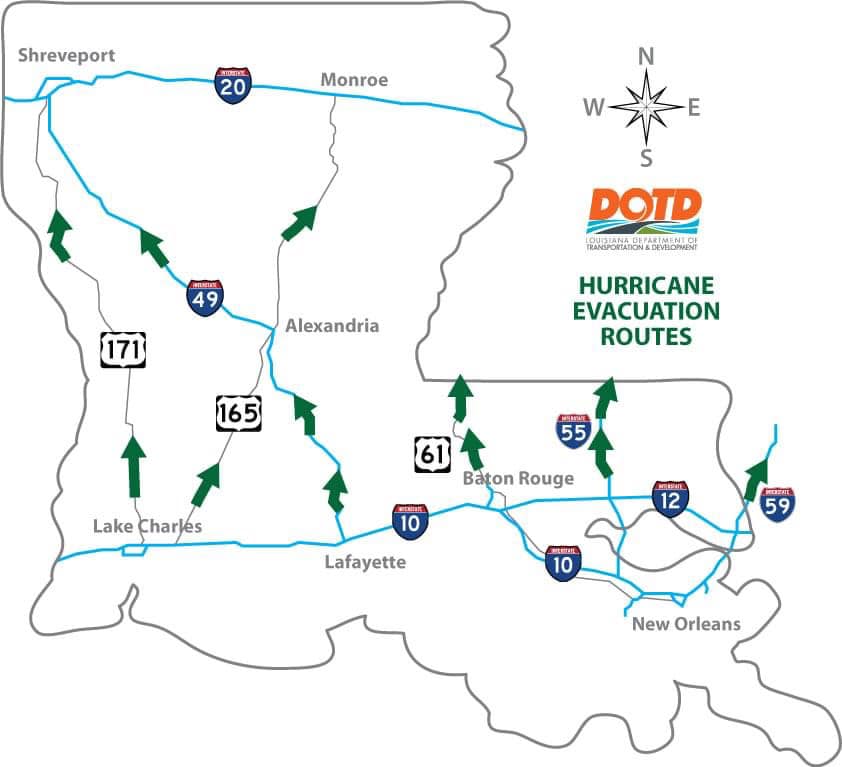
image via i10exitguide.com
- Local Maps and Evacuation Routes: Once again in the event of dead devices, it is a good idea to keep a map of your area in your prep kit. In particular, you should familiarize yourself with your area’s evacuation routes and protocols. Print these out and keep them in your kit.
- Louisiana Evacuation Map (Red Cross)
- Texas Evacuation Maps (Texas Department of Transportation)
- Mississippi Evacuation Map (Mississippi Department of Transportation)
- Alabama Evacuation Map (Alabama Public Radio)
- Florida Evacuation Maps (Florida Division of Emergency Management)
- Georgia Evacuation Map (Georgia Department of Transportation; towards bottom of page)
- South Carolina Evacuation Map (South Carolina Hurricane Guide)
- North Carolina Evacuation Map (North Carolina Department of Transportation)

image via Pexels
- Batteries and Power Banks: That being said, of course we don’t want our devices to die! Keeping a charged power bank (or several!) in your prep kit to keep your devices working during electrical outages. If you want something a bit larger and longer lasting, a portable power station can provide power to your electronics for several days.

image via Pixabay
- Paracord and Duct Tape: You never know when you might need to tie something down, like branches or other objects outside your home that might need to be secured before the storm. Paracord is a strong, sturdy cord originally developed for parachutes and works very well for tying down objects. It can also be woven and kept in bracelet form so you can always have it on you. Here are some recommended styles of rope and cordage for disaster prepping. Duct tape is another useful option for securing objects while not taking up much room.
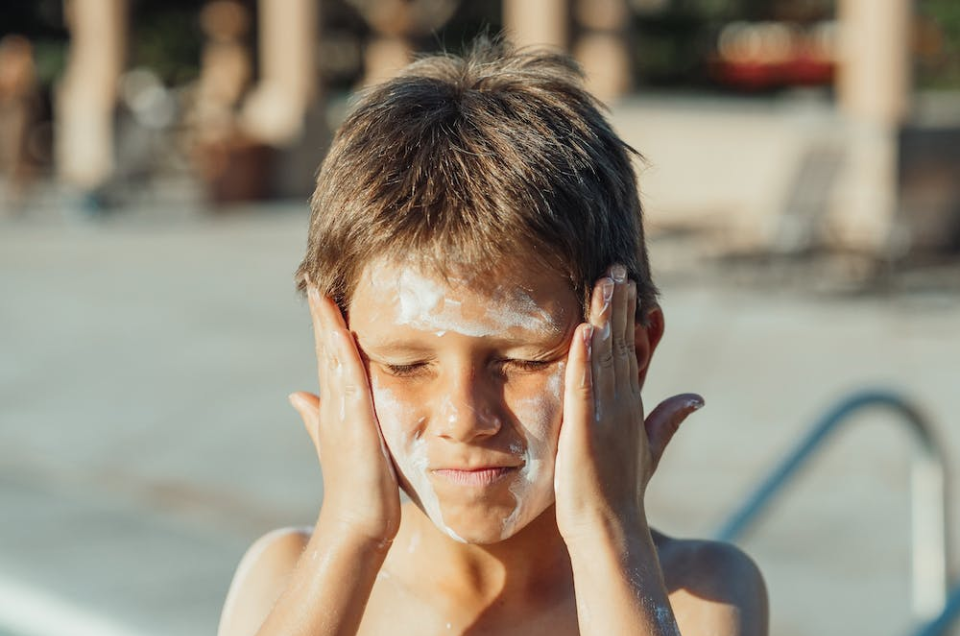
image via Pexels
- Sunscreen: If you are forced to leave your home, you probably aren’t going to know just how much time you might be spending in the sun. Sunscreen is an important part of any skincare routine and ideally should be worn every day, but if you are spending hours outside after a disaster it is crucial. Don’t risk getting sunburnt!
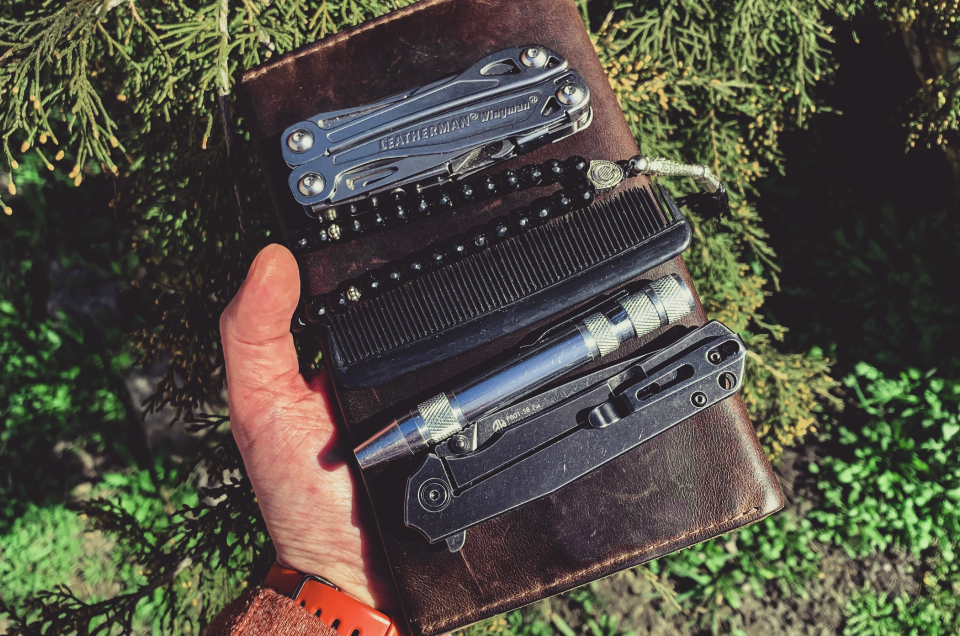
image via Pexels
- Multitool: A multitool includes an entourage of different, useful equipment for any situation. These can include pliers, screwdrivers, carabiners, scissors, wire cutters, can/bottle openers, knives, scissors, wrenches, and much more, all in one convenient package.
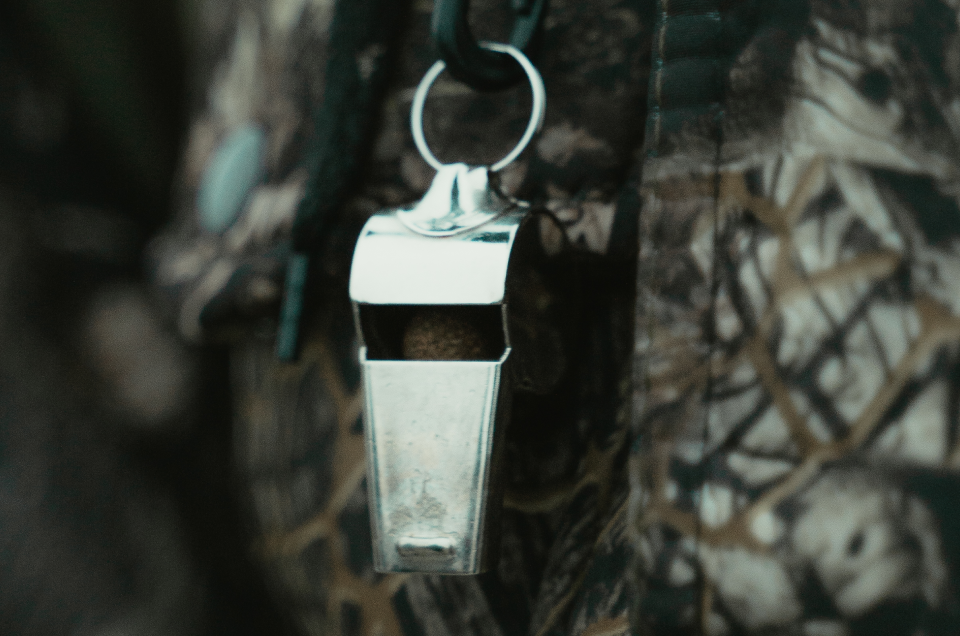
image via Pexels
- Whistle: Remember the scene in Titanic when Rose got the attention of her rescuers by blowing a whistle? The same principle applies here. A loud whistle can be used to communicate distress signals over wide distances. Keep one in your kit in case you need to get the attention of someone far away. Some multitools also include whistles.
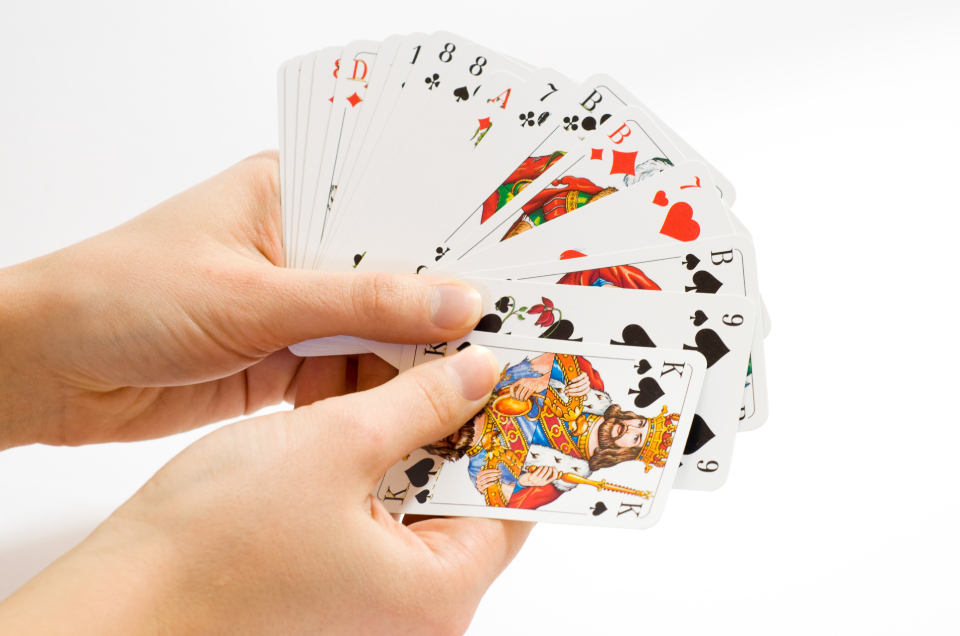
image via Pexels
- Entertainment, Comfort Items, and Pet Toys: Don’t forget to include a few items for improving morale. Going through a hurricane is a miserable experience, so it is important to give yourself some entertainment options to pass the time. Playing cards, board games, crossword puzzles, and coloring books can all provide some small comforts during the storm. If you have children or pets, be sure to include some toys for them to play with.
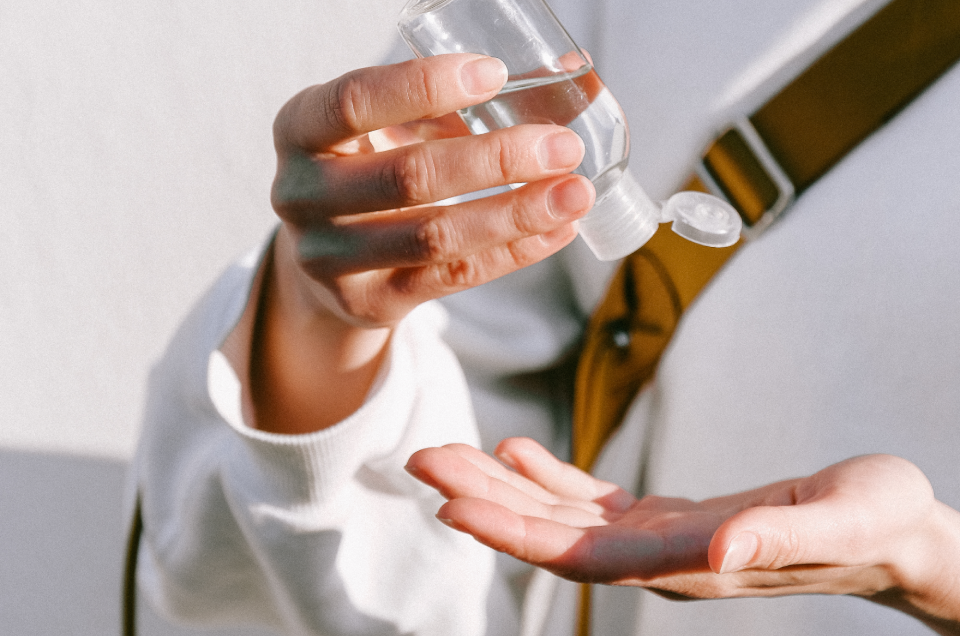
image via Pexels
- Cleaning Supplies: Keep some items for personal hygiene care such as wet wipes, hand sanitizer, and no-rinse shampoo. Castile soap is an excellent all-purpose cleaner that can be used both on the body and in the household – just make sure that you have access to water to dilute it. (Keep some water in your kit too!) Bleach can be used to purify water in a worst case scenario. Never use more than 8 drops a gallon (or 2 drops per liter), as any more than that could be dangerous.

image via Pexels
- Cash and Spare Change: This is especially crucial if you must evacuate – always be sure to bring along some money! Unlike credit cards, cash can be exchanged anywhere.
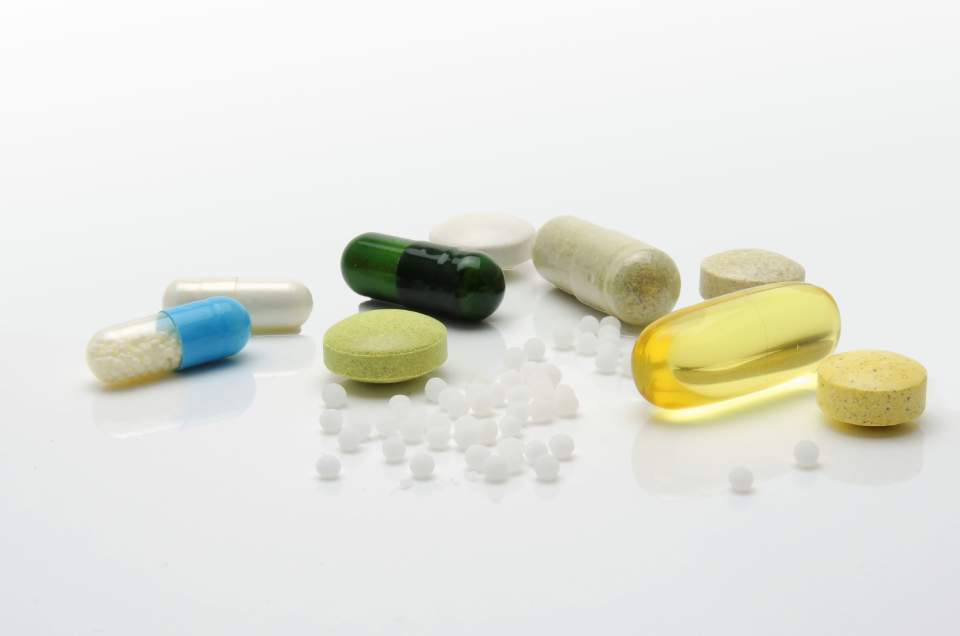
image via Pexels
- Prescription Medications and First Aid Kit: These are two things that you absolutely don’t want to get stuck without! Keep a spare supply of your prescriptions ready to go in case you need to evacuate. Also be sure to keep a general first aid kit – some items to consider including are bandages, antiseptic, gauze, and pain relievers. If you wear contacts, keep some spares and some cleaning solution in your kit as well.

image via Pexels
- Flashlight and Matches: You still need to be able to see if your power goes out! It is always advisable to keep a light source in any disaster preparedness kit. Keep spare batteries as well in case your flashlight dies. Matches and candles can be used as a light source with no power, as well as provide heat. Putting a terra-cotta pot over a candle can create a small radiant heater. Here is a video with instructions on making an inexpensive, 72-day DIY emergency heating and light source candle using vegetable shortening.
By equipping yourself with a well-prepared hurricane kit, you are taking a proactive approach to your safety and well-being. Remember to regularly check and update your kit, replace expired items, and customize it to meet the unique needs of your family. Additionally, staying informed about weather updates and following evacuation recommendations from authorities are equally important. Together, let's prioritize safety, be prepared, and weather the storm.



%20(300%20%C3%97%20175%20px)%20(1).png)
